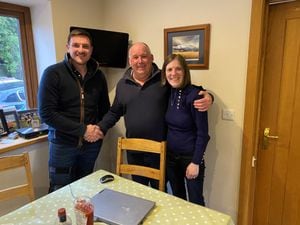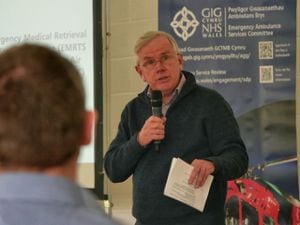UK on course with cattle TB vaccine, says Environment Secretary Owen Paterson
Environment Secretary Owen Paterson has revealed that UK scientists are 'on course' to create a workable vaccine to protect cattle from bovine TB.

The North Shropshire MP told the Commons yesterday that a provisional timetable for progress had been agreed following a meeting with European Commission health commissioner Tonio Borg.
But legal and scientific hurdles mean a workable vaccine is still a decade away, the Secretary of State said.
Mr Paterson said: "I met commissioner Borg, the EU health commissioner, last week to agree a way forward for developing a workable cattle vaccine.
"A provisional timetable has now been agreed."
Mr Paterson said a letter from the commission 'acknowledges the UK's leading role in pressing forward on a cattle vaccine and, for the first time, recognises that we are on course to deploy a vaccine'.
"The legal and scientific process could take up to 10 years and in the meantime we will continue to use all the tools at our disposal to check the progress of this terrible disease," he said.
The Government has agreed to two pilot badger culls in an effort to control the spread of the disease from the creatures to livestock.
The culls, in south-west England, were postponed last year but are due to take place in the summer.
Mr Paterson insists that more than a decade of research shows that culling badgers could reduce infections by up to 16 per cent if undertaken intensively for many years and over large areas.
He has warned that the disease would cost the taxpayer £1 billion unless action was taken.
But opponents of the scheme have warned that a cull would be ineffective.
They say the shooting of badgers, even by trained individuals, would result in suffering for a significant proportion of targeted animals.
They say badgers' hearts and lungs, which are highlighted as the target area for shooting, are well protected by the upper forearm and muscles.
They claim many badgers would not be killed outright and would return to their setts where they would die slowly.
By David Burrows





